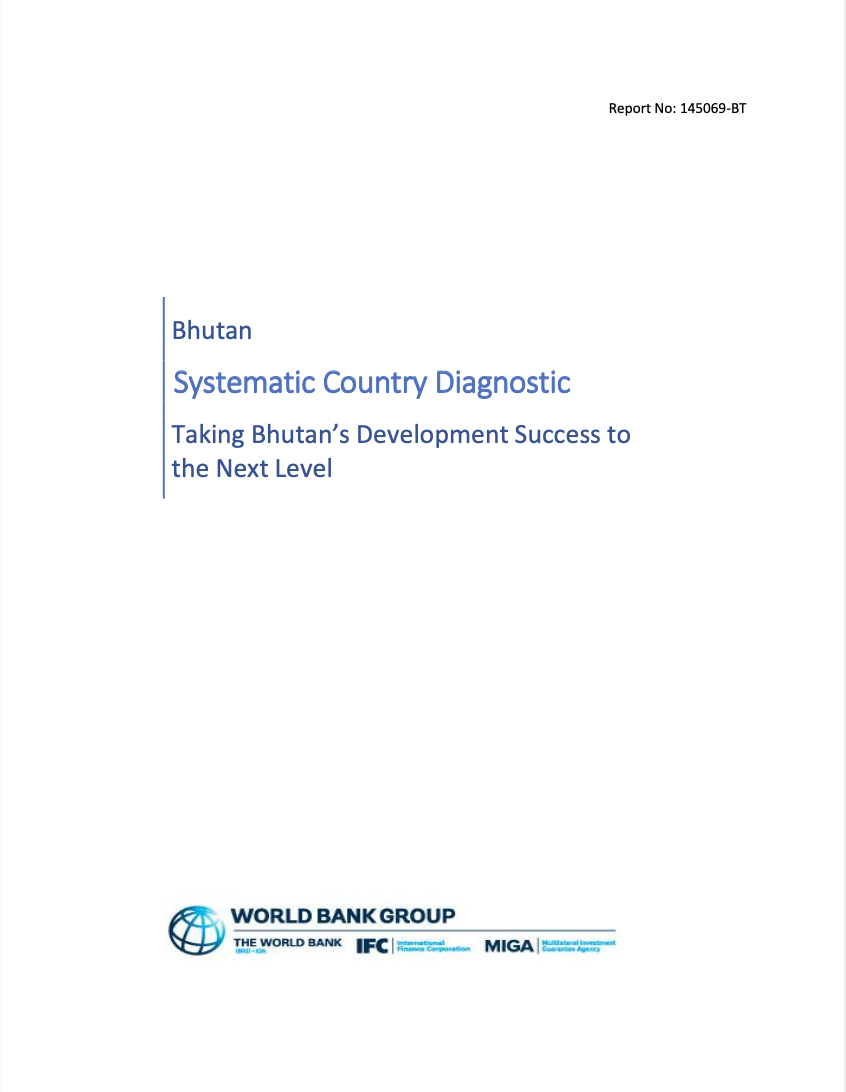Reciprocal Implications of Water and Land Acquisitions for Investments in Ethiopia: Risks of Water Insecurities and Regulatory Responses in Tigray Region
The multiple forms of land acquisitions show direct and indirect implications on water. The motive to utilize, control or grab water is devised through acquiring land. There are embedded water issues in almost all land acquisitions. Practical challenges are explored especially in keeping the balance of water securities. The paper is done with the objective of analyzing the water implications, balance, priority and extent of security given to users in lieu of water security indicators and then examined against the regulatory frameworks and responses.



